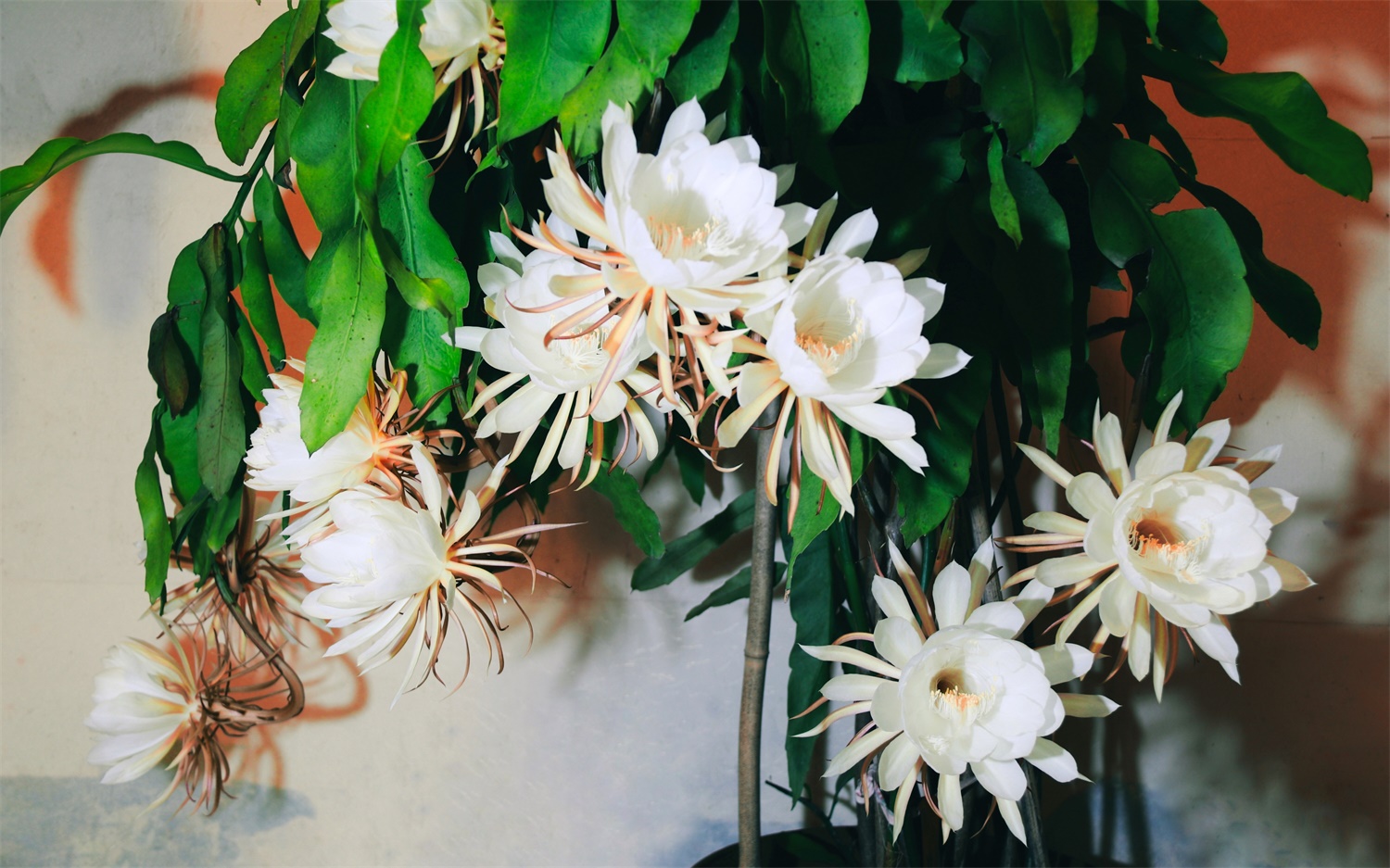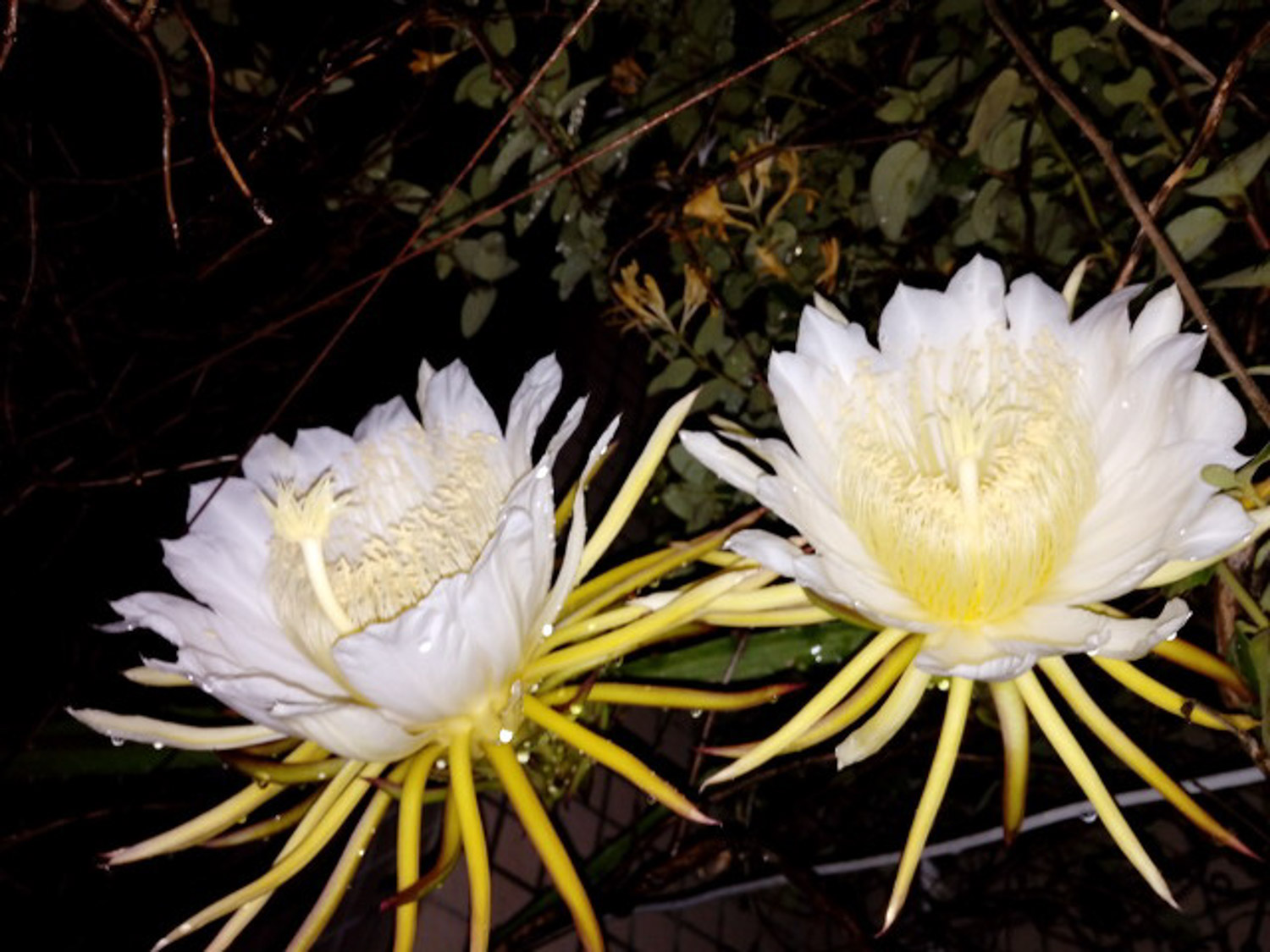Soil
Epiphyllum has a strong ability to accept soil, soft and fertile sandy soil is the best, and general mixed soil is also OK. It is best to use soil with good drainage, and pay attention to the basin soil not to be too wet

Illumination
Epiphyllum doesn't like to be exposed to the sun. It is best to maintain in a semi cloudy position. If the sunlight is too strong, the branches and stems will wilt and wither, which will affect their ornamental ability. The sunshine in winter is not strong. Just put it directly in the sunny place indoors to ensure sufficient light. In other seasons, you need to pay special attention to shading and maintenance

Temperature
Epiphyllum likes humid and warm environment and is afraid of cold. Therefore, we should pay attention to keeping warm in winter and keep the temperature above 5 ℃. Generally, you need to move to the house and keep the temperature at about 10 ℃ to survive the winter safely
Moisture
When planting Epiphyllum, we should first pay attention to the humidity of the air. It is generally cultivated indoors in winter, especially in northern areas. In winter, the house is very dry. You can often spray water on the leaves to increase the humidity. In winter, the water volume should be controlled and should not be watered too much. Generally, it can be watered once in ten days to half a month. Keep the basin soil slightly dry and avoid ponding in the basin, otherwise it will be easy to rot. It is best to choose the time when the temperature is high at noon for watering in winter. At this time, it is relatively warm, and the water temperature is close to the basin soil temperature. If the temperature is too low, stop watering, otherwise it is easy to frostbite the plant

Fertilizer
This flower likes fertilizer very much and needs a lot of fertilizer. Generally, it is best to use rotten organic fertilizer, which can be added with a little calcium superphosphate. During the growth period of Epiphyllum, thin fertilizer water should be poured every half a month or so. If you want Epiphyllum to grow more vigorously, you can add a little vinegar to the liquid fertilizer. When the flower bud sprouts, one additional application of potassium dihydrogen phosphate can be added, which is conducive to flowering. After the flowers wither, liquid fertilizer needs to be applied once or twice to promote the flowering quality of the next year. Generally, fertilization should be stopped in winter, but in a relatively warm indoor environment, conventional fertilization can be carried out according to the situation

 how many times do yo...
how many times do yo... how many planted tre...
how many planted tre... how many pine trees ...
how many pine trees ... how many pecan trees...
how many pecan trees... how many plants comp...
how many plants comp... how many plants can ...
how many plants can ... how many plants and ...
how many plants and ... how many pepper plan...
how many pepper plan...





























